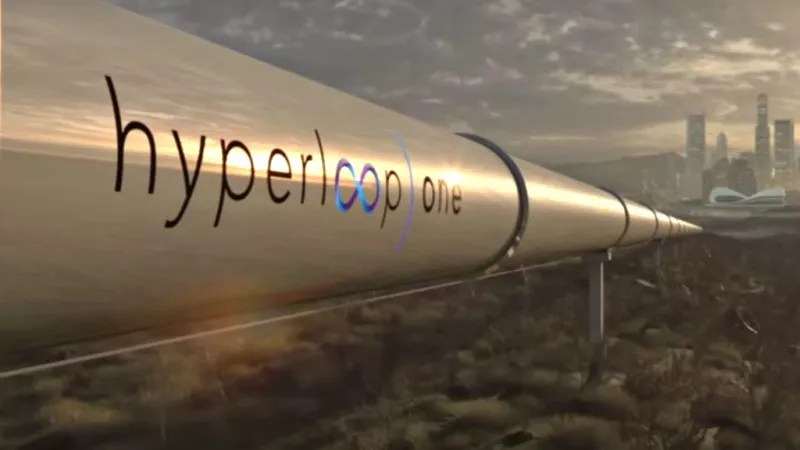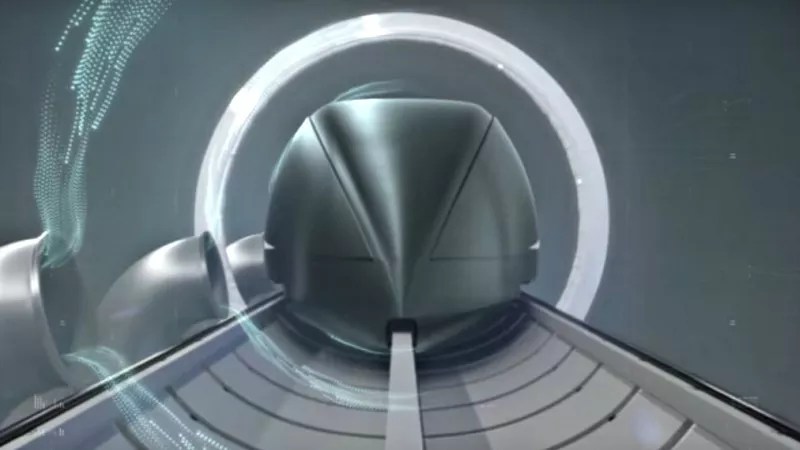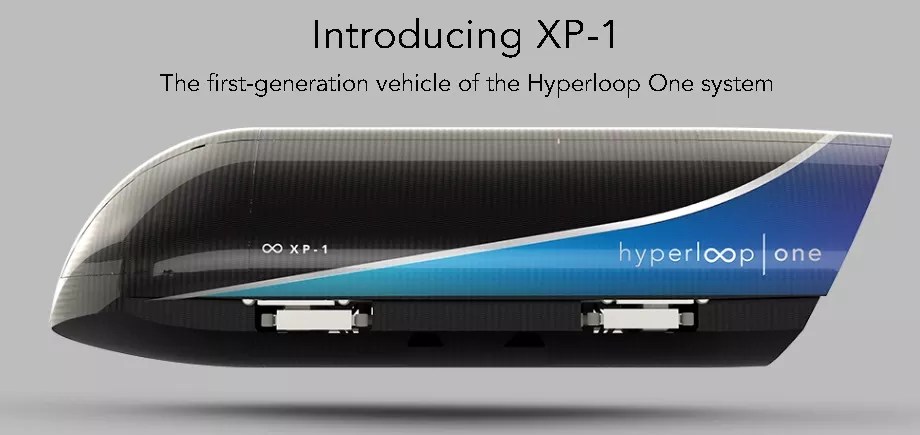

Audio By Carbonatix
After Hyperloop One announced that the Rocky Mountain Hyperloop project was among the winners of the Elon Musk-affiliated transportation company’s Global Challenge to “identify the strongest new Hyperloop routes in the world,” and revealed a new public-private partnership with the Colorado Department of Transportation to launch a feasibility study, questions arose about how quickly this dream could become a reality in these parts. CDOT’s Amy Ford says four years is a goal, albeit one that can only be achieved if a lot of things go right.
“Hyperloop would love to start building in 2021, whether it’s our route or someone else’s,” says Ford, a CDOT spokesperson. “But it’s important to understand that we are very early in the process. If it’s a 100-step process, we’re on step five.”
We first told you about Hyperloop in August 2013, describing the proposed system as a “large-scale variation on pneumatic tubes used at banks” that held “the potential of transporting people from Los Angeles to San Francisco in thirty minutes.”
How is it supposed to work? “Passengers and cargo are loaded into a pod, and accelerate gradually via electric propulsion through a low-pressure tube,” the company maintains. “The pod quickly lifts above the track using magnetic levitation and glides at airline speeds for long distances due to ultra-low aerodynamic drag.”
Denver, make your New Year’s Resolution Count!
We’re $10,000 away from reaching our $50,000 year-end fundraising goal. Your support could be what pushes us over the top. If our work has kept you informed and connected this year, please consider making a contribution today.
This past January, in a post headlined “Is High-Tech Hyperloop the Solution to I-25 Traffic Jams? CDOT Hopes So,” we took a longer look at the pros and cons of the idea after a CDOT plan was named one of 35 semi-finalists (out of 2,600 submissions) in the aforementioned Global Challenge. At the time, Ford expressed enthusiasm about the notion, telling us that “we want to explore potential technologies and how they can transform transportation, and something like Hyperloop is on the leading edge of that.” She added: “This has the capacity to create an entirely new infrastructure. It’s transformative.”

Another Hyperloop One artist’s representation.
Not everyone agrees, with one of the most notable naysayers being Dr. Phil Mason, a former Cornell University chemist. An article in The Daily Caller, a conservative website co-founded by Fox News personality Tucker Carlson, divided Mason’s objections to Hyperloop One into five main categories:
1: If Anything Goes Wrong, Everybody Dies
2: It’s Probably Physically Impossible To Build The Hyperloop
3: Heat Would Destroy The Hyperloop’s Track
4: Hyperloop Would Be Incredibly Vulnerable To Terrorism
5: The Hyperloop Will Probably Cost WAY More Than Its Formal Estimates
These concerns explain the mixed response CDOT received in the wake of the Global Challenge announcement. “We’ve been getting a lot of comments from the public about how proud they are that Colorado is being so forward-thinking in regard to technology,” Ford allows. “But there are others who think, ‘Are you guys crazy?'”
Not at all, Ford maintains – “but I think it’s important for people to understand the big picture. At the Colorado Department of Transportation, our mission is to move people and goods, and as we think about that, we plan twenty, thirty, forty years into the future. And when we do that, we should be considering alternate technology and advancing technology like Hyperloop. Technology is moving at the speed of Silicon Valley, and Uber’s even talking about flying cars. That’s the reason we pursued this.”
Now, Ford continues, “there are three things that can make Hyperloop a reality. The first is maturing technology – getting the technology to the point where we can get safety certifications and those kinds of things. The second involves the regulatory side when it comes to building a new form of infrastructure. When we build projects, we work with federal agencies, and we have to figure out how Hyperloop falls into all of this, and how do you move through the environmental processes, which are a big part of this. And the third piece is funding.”

A look at the Hyperloop XP-1.
The money won’t all be coming from CDOT, Ford stresses. “We’re not necessarily the pocket for this – i.e., the funds. I liken it to when the railroads were built 150 years ago. Private-sector investment was a significant part of that, and I think you’re going to see the same thing here.”
Key from a commercial standpoint will be what Ford refers to as “route definition. There’s going to be a lot of economic value in where the routes will be and where they will go.” Note that Rocky Mountain Hyperloop foresees a course stretching from Cheyenne to Pueblo and traveling through the Denver metro area on its main track, with an offshoot projecting into the mountain corridor.
As for the feasibility study, Ford points out that CDOT will be building on previous research, including the department’s Interregional Connectivity Study, its separate Advanced Guideway System Feasibility Study and the information gathered under the banner RoadX; pages for all three are accessible below. She believes Hyperloop chose the Colorado department over all other state transportation agencies across the country in part because “we have a culture of innovation that pursued this, and we have a framework, if you will, for other kinds of public-private partnerships” – see the plan that led to express lanes on Interstate 25 and U.S. 36 – “that can make something like this happen.”
Ford says CDOT would like to “quickly move with Hyperloop through this process.” But considering the project’s massive size, not to mention its many unknowns, “quickly” is a relative term.
Click to access the Colorado Department of Transportation’s Interregional Connectivity Study, Advanced Guideway System Feasibility Study and the RoadX page.